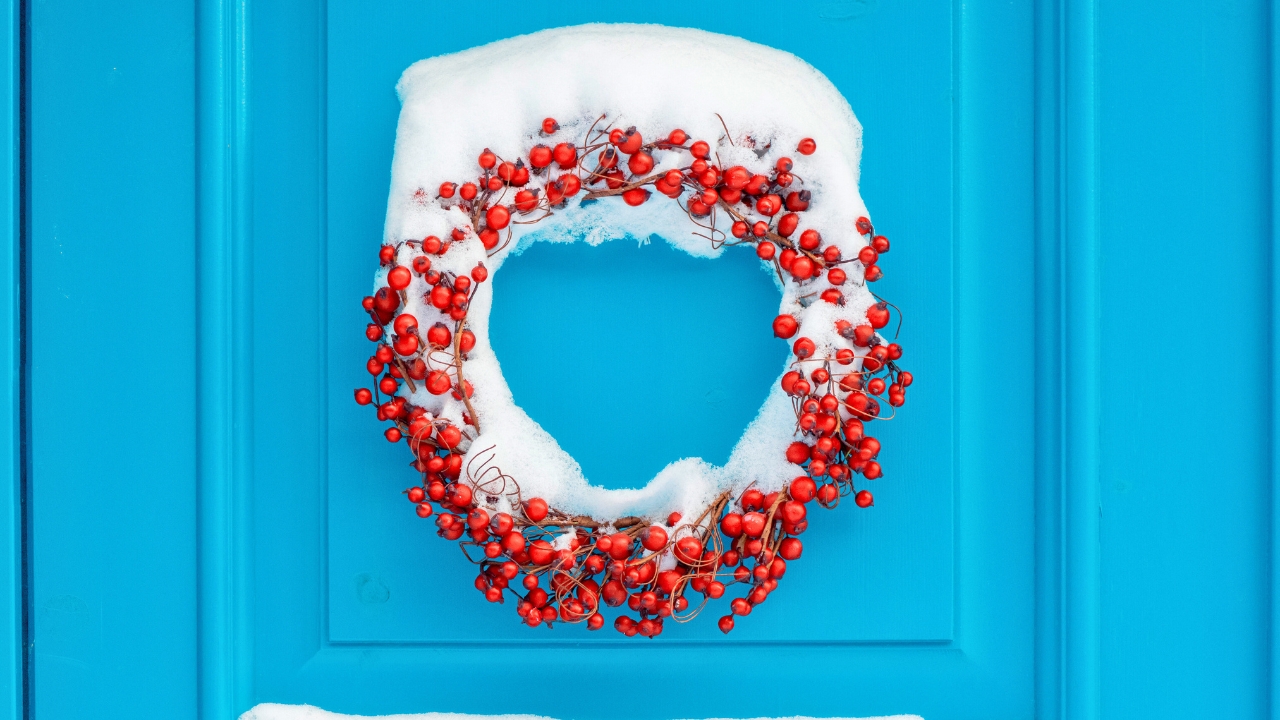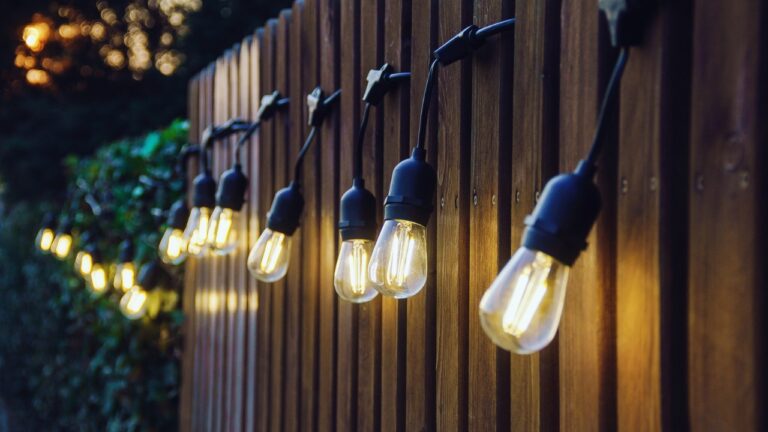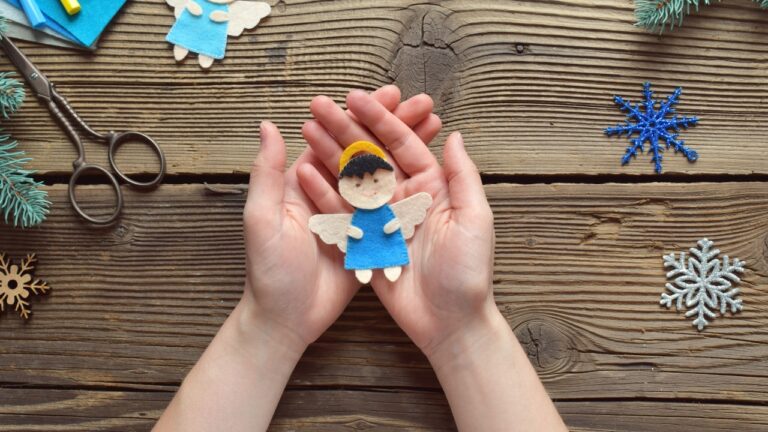Your outdoors look good in summer—until you neglect this winter step
A yard that looks great all summer doesn’t stay that way by luck—it stays that way because you prep it before winter. Most people assume yardwork ends when the grass stops growing, but skipping winter prep is exactly why everything looks rough come spring.
Dead patches, cracked patios, and drooping shrubs aren’t random. They’re the result of ignoring one key step before cold weather hits: protecting your soil and surfaces from freeze damage.
Your soil needs attention before it freezes
Healthy summer growth starts underground, and winter can be brutal on your soil. When the ground freezes and thaws repeatedly, it compacts and loses structure. That makes it harder for roots to breathe and for water to drain in spring. A layer of organic mulch or compost added before the first freeze keeps the soil insulated and stable.
You don’t need fancy tools or new products—just spread two to three inches of mulch around plants, trees, and garden beds. It locks in moisture, regulates temperature, and prevents erosion when winter storms hit. The payoff is huge: fewer dead plants and a faster start to green growth once it warms up.
Hard surfaces crack when you skip maintenance
Driveways, patios, and walkways might seem indestructible, but water is their biggest enemy in winter. When moisture seeps into tiny cracks and freezes, it expands—and that expansion widens the damage every time it happens. By spring, you’re left with crumbling concrete or uneven pavers that cost far more to fix than to prevent.
Before freezing temps arrive, sweep debris away and seal any cracks with a weatherproof filler. If you have pavers, add polymeric sand between joints to block out water. A quick weekend job now can save you hundreds in repairs later.
Don’t forget to shut down your water systems
Every year, people lose outdoor faucets, sprinkler lines, and hoses to the same mistake—forgetting to drain them. Even a small amount of leftover water can freeze and burst pipes or fittings. Disconnect hoses completely, shut off outdoor valves, and blow out sprinkler lines if you have them.
If you’re in a mild climate, it still matters. A single unexpected freeze can undo years of good work in one night. Spending ten minutes now can prevent a costly surprise when you turn the water back on in spring.
Furniture and fixtures need protection too
Outdoor furniture, planters, and decor all take a beating from winter moisture. Even if they’re labeled as “weather-resistant,” freezing and thawing cycles can cause warping, cracking, or rust. Wipe everything down, store what you can, and cover what you can’t with waterproof tarps.
For larger pieces, move them under a porch or carport to keep them dry. And don’t forget your grill—covering the burners and disconnecting the propane keeps it ready for use once grilling weather returns.
Winter prep is what makes summer look easy
The best-looking yards in summer don’t require constant fixing because the work happened months earlier. Protecting your soil, sealing hard surfaces, draining water lines, and covering furniture all add up. You don’t have to do it all at once—just start before the first freeze.
Your summer curb appeal depends on what you do in the off-season. A little time spent now means fewer dead plants, fewer cracks, and a yard that looks like it never missed a beat when spring rolls back around.
Like Fix It Homestead’s content? Be sure to follow us.
- I made Joanna Gaines’s Friendsgiving casserole and here is what I would keep
- Pump Shotguns That Jam the Moment You Actually Need Them
- The First 5 Things Guests Notice About Your Living Room at Christmas
- What Caliber Works Best for Groundhogs, Armadillos, and Other Digging Pests?
- Rifles worth keeping by the back door on any rural property
*This article was developed with AI-powered tools and has been carefully reviewed by our editors.







